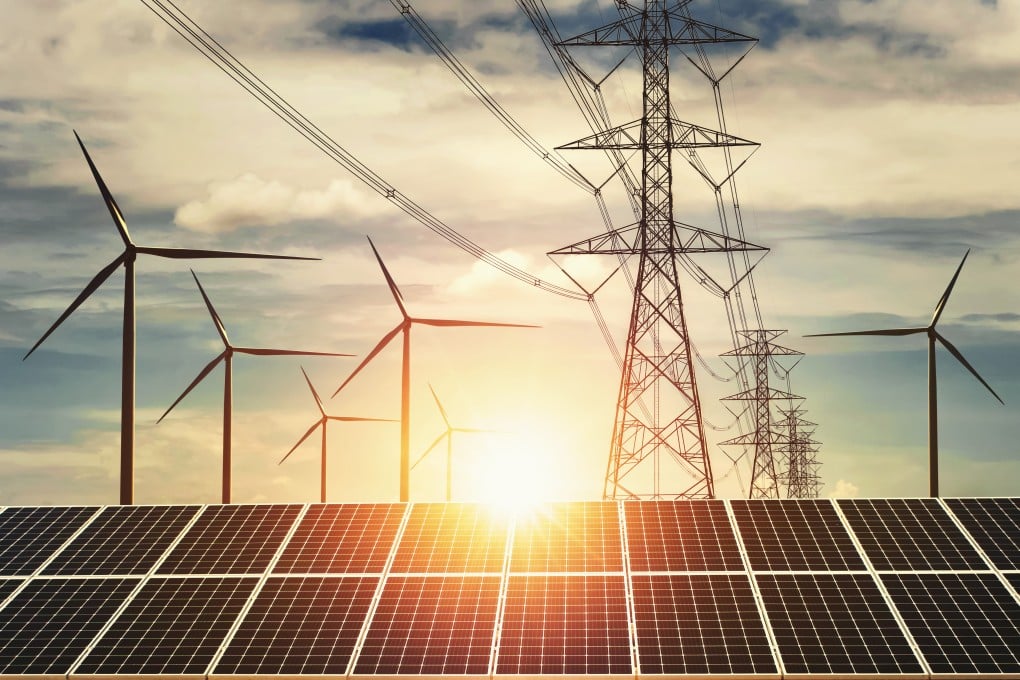Advertisement
How technology is helping make electricity distribution greener and more resilient to climate events, pandemics
- Digital technology is helping power distributors realise their decarbonisation goals while making them more resilient to energy supply disruption
- Technologies like cloud computing and artificial intelligence can help isolate faulty sections of the grid and restore power in seconds
Reading Time:2 minutes
Why you can trust SCMP

Digital technology is helping power distributors to realise their decarbonisation goals while making them more resilient to energy supply disruption, according to equipment and solutions providers.
“The transformation to a no-carbon world by 2050 requires a massive move towards electrification of energy consumption and a massive use of digital technology to drive greater efficiency,” said Philippe Delorme, the Hong Kong-based executive vice president of energy management at Schneider Electric, a French energy management and automation technology company.
“The recent power crisis in Texas is a great reminder that having a flexible power grid to maintain demand-supply balance is very important, while the Covid-19 pandemic saw many of our hospital customers realise how critical reliable power supply is – without it you have no emergency service, no ventilator.”
Advertisement
Winter storms that struck the southern US state last month left 4.5 million homes and businesses without electricity for days, causing water, food and heat shortages.
Digital technology is playing a growing role in making the power distribution system more flexible. It helps it better cope with supply fluctuations brought about by the rising contribution of wind and solar power.
Advertisement
Technology such as cloud computing and artificial intelligence can help isolate faulty sections of the grid and enable “self-healing” so that power can be restored in as little as 30 seconds, said Melton Chang, head of Schneider’s China digital energy business.
Advertisement
Select Voice
Choose your listening speed
Get through articles 2x faster
1.25x
250 WPM
Slow
Average
Fast
1.25x
